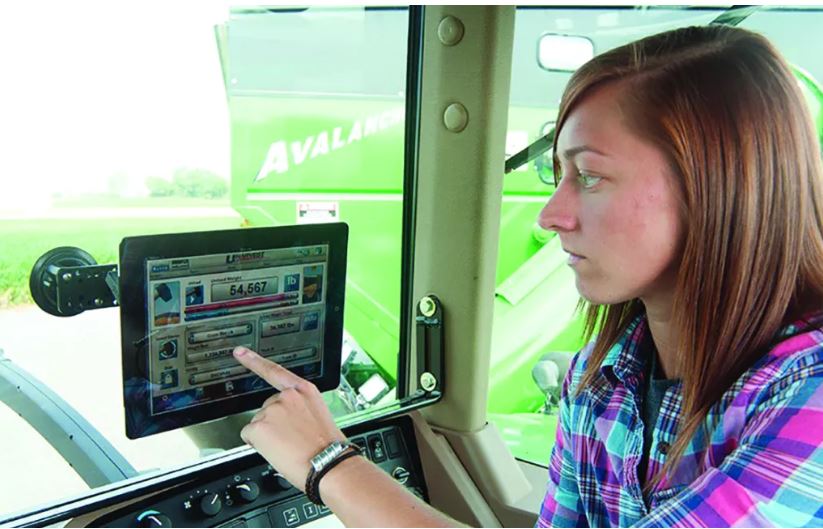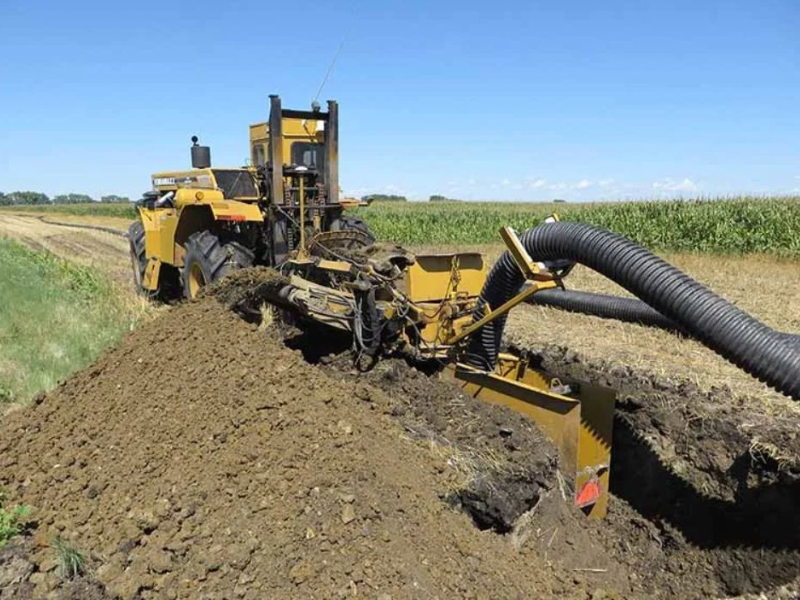Equipment and Machinery
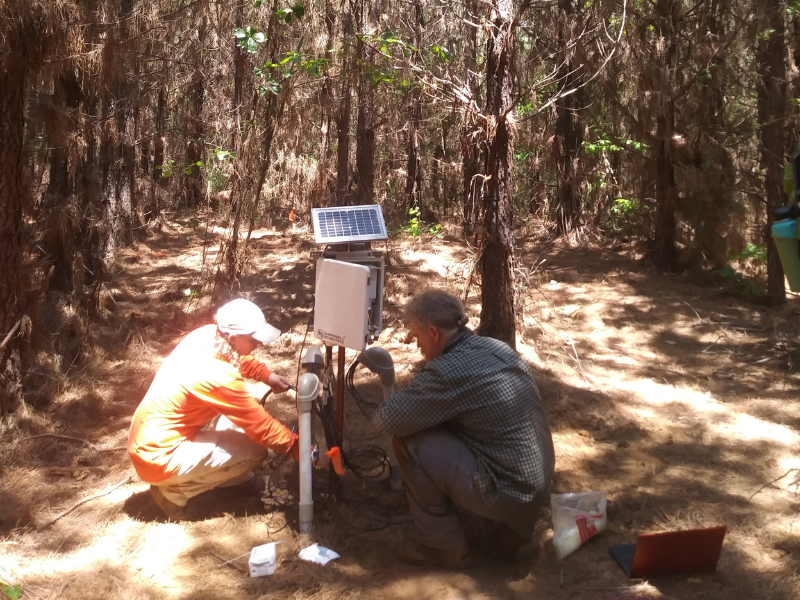
Severe wildfires have become annual events in the United States. The years 2020 and 2021 were the worst in wildfire history in California. Other states – and countries – are at risk as well. Climate change is making wildfires more likely in some places. And with heavy populations residing in areas bordering wildlands and forests, many people are more likely to experience serious wildfires.
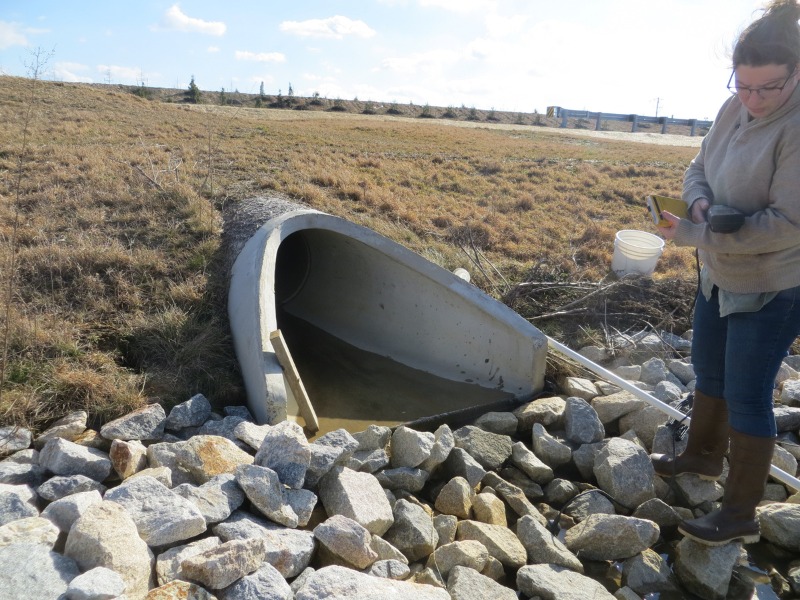
For many parts of the United States, winter weather can impact road conditions. To reduce hazardous conditions caused by snow and ice, many counties, municipalities, homeowners, and others use deicers. Salt is the most common option to treat roads.
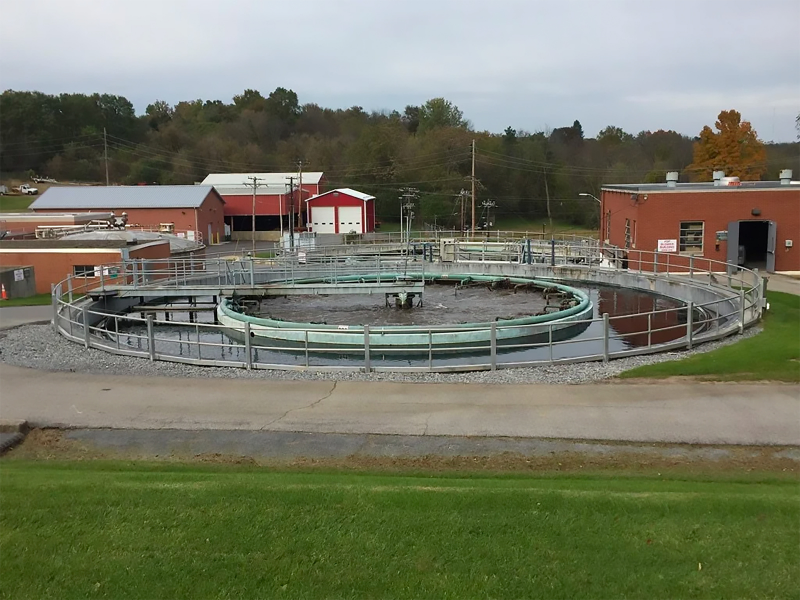
Sewage treatment plants provide an important service to communities around the world. Through several processes, these facilities take dirty water and transform it into water that can be reused safely. Treating water that comes from our homes and offices – domestic wastewater - to be reintroduced into the environment protects both human and environmental health.
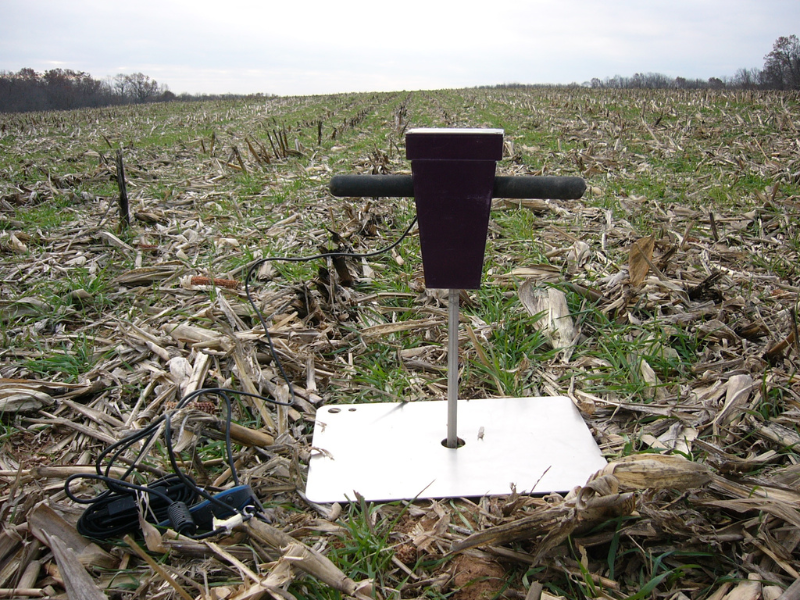
If you’re a gardener, you know that planting seeds in the ground doesn’t always mean you’ll have a good yield at the end of growing season. On a personal level, this can be disappointing. Farmers are in charge of growing dozens to thousands of acres of food. And, they face the same variability in the planting, growing, and harvesting processes as gardeners do.
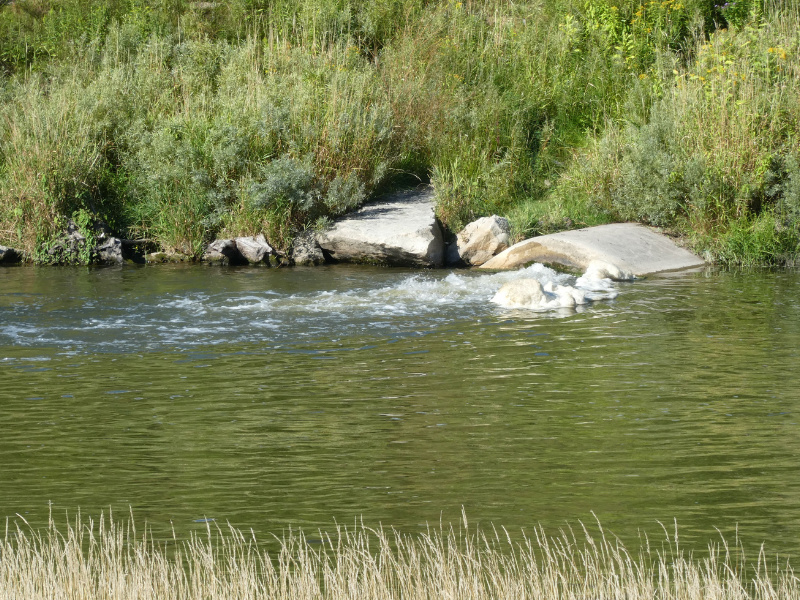
Have you ever thought about where your waste goes? For people living in cities, it goes to a treatment plant. However, treated wastewater ultimately finds its way into a local waterway. This means it could end up in your nearby stream, river, or lake.
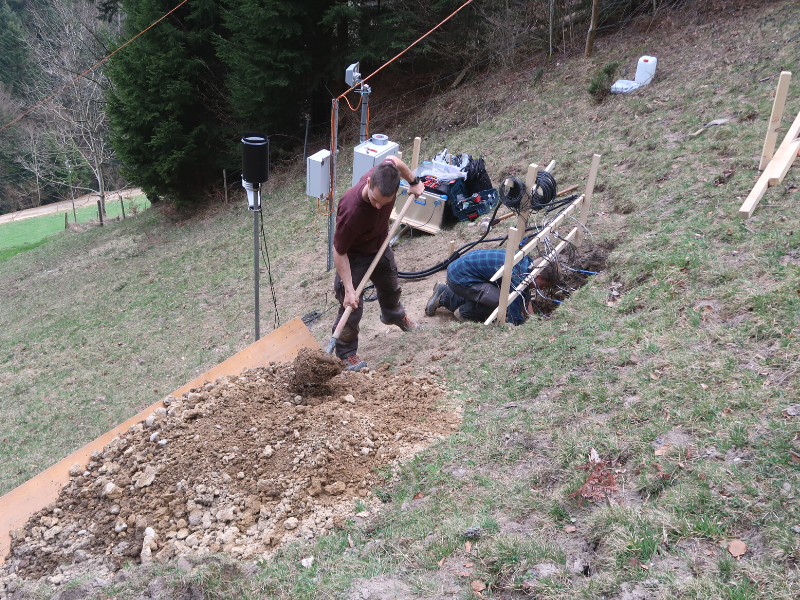
In the United States alone, a few dozen landslide deaths are recorded every year. They often happen when gravity pulls rocks and soil down an unstable slope. The trigger may be caused by natural events like rain or snowmelt. The extra water suddenly weakens the slope, and it gives way.
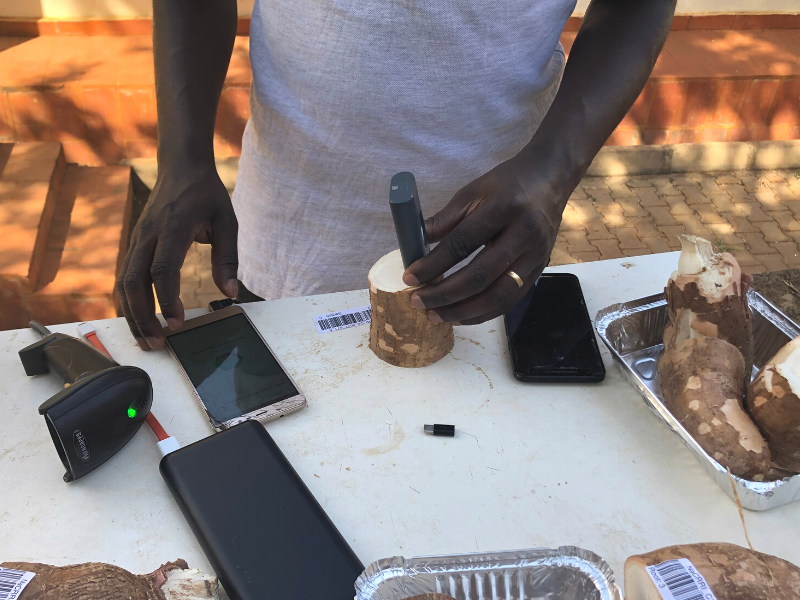
Crop breeders are always looking for ways to improve a crop. They know that even small differences in quality and quantity can mean big differences in profits for farmers. So, making the breeding process faster and cheaper makes it more likely they will have success.
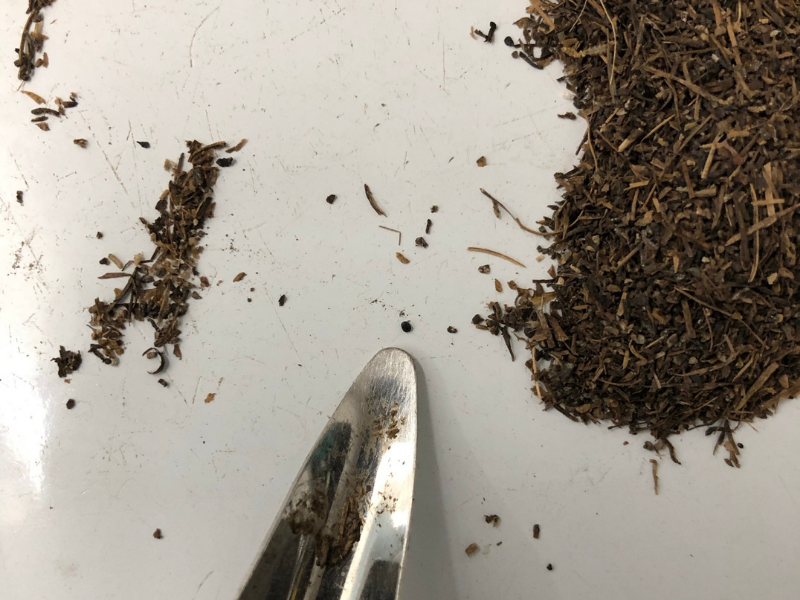
Not that long ago, weeds spread at a much slower rate. Seeds would spread to nearby soil and move perhaps a few feet each year or would be transplanted by birds who flew with them several miles away. In today’s interconnected world, though, weeds can hitch a ride on a truck, boat, or even an airplane. What once might’ve taken generations to spread weeds from one region to another now takes no time at all.

